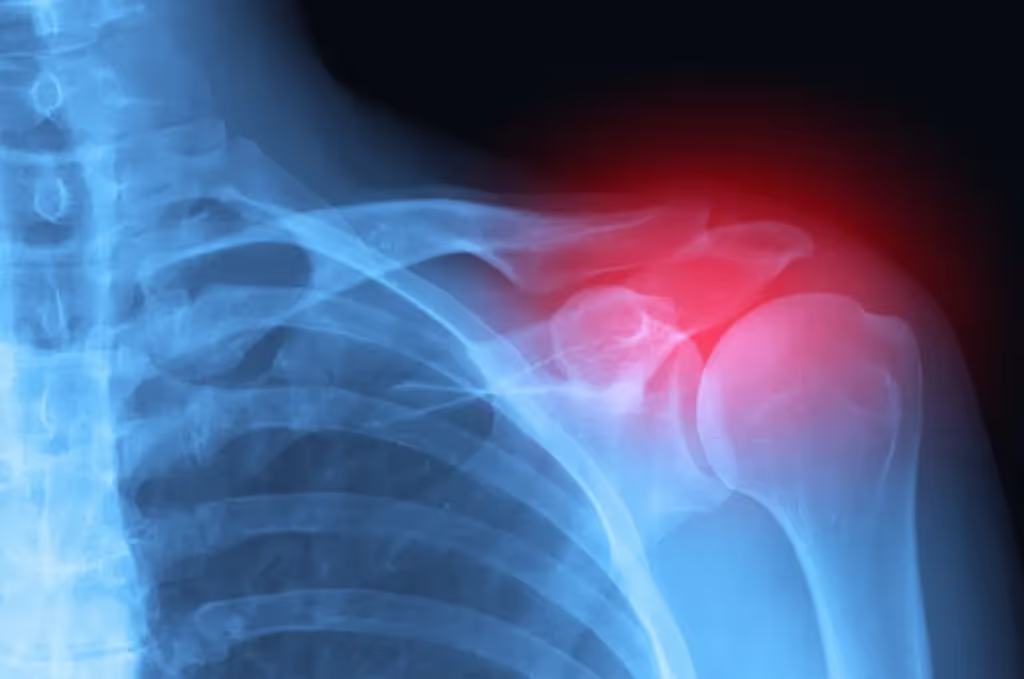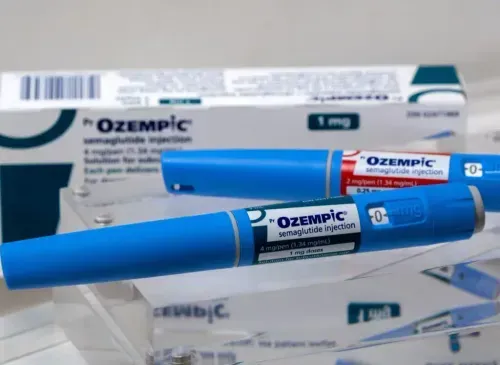Legal Strategies to Hold Employers and Manufacturers Accountable for Preventable Workplace Hazards and Silicosis
Silicosis, a debilitating and irreversible lung disease, has emerged as a significant health crisis among workers exposed to respirable crystalline silica. This occupational hazard is particularly prevalent in the stone fabrication industry, where workers are exposed to high levels of silica dust through processes like grinding, cutting, and polishing engineered stone products. Despite being entirely preventable with proper safety protocols, silicosis continues to harm workers due to negligence by employers and manufacturers.
In a landmark decision, the Los Angeles County Superior Court recently awarded more than $52 million to a worker diagnosed with silicosis. This historic verdict highlights the severity of the disease and the importance of holding responsible parties accountable. Workers exposed to silica dust deserve safe working conditions, and those harmed have legal options to seek compensation for their suffering and losses.
Understanding Silicosis and Its Impact
Silicosis is caused by the prolonged inhalation of respirable crystalline silica, a substance found in materials like quartz and used in manufactured stone products. Over time, silica particles accumulate in the lungs, causing inflammation, scarring, and severe breathing difficulties. Symptoms of silicosis include persistent coughing, chest pain, shortness of breath, and extreme fatigue. As the disease progresses, it can lead to permanent disability, organ damage, and even death.
The manufactured stone industry has seen a sharp rise in silicosis cases, with workers frequently exposed to unsafe levels of silica dust. A 2019 report by the California Department of Public Health identified nearly 100 silicosis cases in the state alone, including several fatalities. Despite OSHA’s permissible exposure limit for silica dust—50 micrograms per cubic meter over an eight-hour period—many employers fail to monitor and control workplace conditions adequately.
The devastating health consequences of silicosis extend beyond the workplace. Workers often carry silica dust home on their clothing, exposing their families to the same toxic substance. Additionally, silica exposure has been linked to other severe health conditions, including lung cancer, chronic obstructive pulmonary disease, kidney failure, and autoimmune diseases. The disease’s preventability underscores the tragedy of its persistence, driven by negligence and inadequate safety measures.
Legal Accountability for Silicosis: Identifying Liable Parties
Silicosis lawsuits often involve two main categories of defendants: employers and manufacturers. These parties are legally obligated to ensure worker safety and provide adequate protections against hazardous substances like silica dust.
Employer Responsibility
Under the Occupational Safety and Health Act, employers are required to maintain a safe work environment. This includes monitoring air quality, implementing engineering controls to reduce dust levels, and providing workers with personal protective equipment such as respirators. Employers who fail to meet these standards may be held liable for negligence.
If an employer ignores air quality tests showing silica levels exceeding permissible limits or neglects to provide protective equipment, they can be sued for damages. Evidence such as workplace records, air quality test results, and witness testimony from co-workers can establish the employer’s failure to uphold safety standards.
Manufacturer Responsibility
Manufacturers of stone products or safety equipment can also be held liable if their products contribute to silica exposure. Product liability claims may be based on design defects, manufacturing defects, or failure to warn. For example, a manufacturer could be sued for failing to incorporate silica-reducing technologies into their products or for marketing respirators that do not effectively filter silica dust as advertised.
Manufacturers must also provide clear warnings about the risks associated with their products. Inadequate labeling or failure to disclose the dangers of silica exposure can form the basis of a liability claim. Identifying all responsible parties requires a thorough investigation, as multiple entities may share responsibility for a worker’s injuries.
How Silicosis Harms Victims and Their Families
Silicosis is more than a physical ailment; it disrupts every aspect of a victim’s life. Workers suffering from the disease often endure chronic pain, diminished lung function, and the emotional toll of knowing their condition is irreversible. Families of silicosis victims also bear significant burdens, including caregiving responsibilities, financial strain from lost income, and the grief of losing a loved one in severe cases.
The economic impact of silicosis is substantial. Victims face mounting medical bills for hospitalizations, treatments, and medications, while their ability to work and earn income diminishes. Emotional distress compounds these challenges, leaving victims and their families feeling overwhelmed and uncertain about the future. Filing a lawsuit offers a pathway to hold negligent parties accountable and secure the financial resources needed for recovery and stability.
Filing a Silicosis Lawsuit: The Process
Pursuing compensation for silicosis injuries involves several critical steps. Victims or their families must first gather evidence linking the disease to occupational silica exposure. This includes medical records, air quality reports, employment history, and product labels. Attorneys play a vital role in organizing this evidence, identifying liable parties, and building a compelling case.
Once the lawsuit is filed, the legal process may involve negotiations with defendants to reach a settlement. If an agreement cannot be reached, the case proceeds to trial, where expert testimony from industrial hygienists, medical professionals, and occupational safety experts can establish the connection between silica exposure and the victim’s condition.
Throughout the process, a skilled attorney advocates for the victim’s rights, ensuring deadlines are met and the case is presented effectively. Legal representation is essential to counter defense tactics often employed by large companies seeking to avoid liability.
Damages That May Be Available in Your Silicosis Lawsuits
Victims of silicosis can recover compensation for various damages, including:
- Medical Costs: Covering treatments, medications, and ongoing care.
- Lost Wages: Addressing income lost due to the inability to work.
- Pain and Suffering: Compensating for physical pain, emotional distress, and diminished quality of life.
- Punitive Damages: Awarded in cases of gross negligence to penalize defendants and deter similar conduct.
These damages provide financial relief and hold negligent parties accountable for their actions.



































